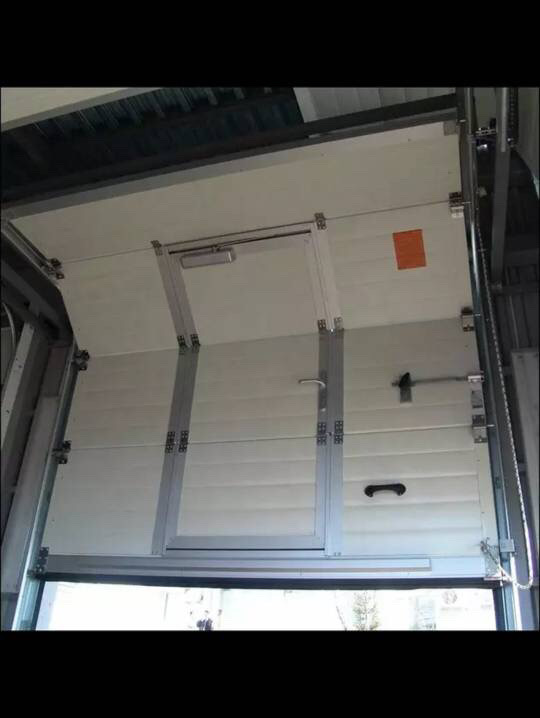What are the main cost components of industrial sliding doors?
What are the main cost components of industrial sliding doors?
As an important part of modern logistics warehouses and factory workshops, the cost structure of industrial sliding doors is an important consideration for manufacturers and purchasers. The following are the main cost components of industrial sliding doors:
1. Raw material cost
The main raw materials of industrial sliding doors include high-strength aluminum alloy or galvanized steel sheet materials to ensure that the door body is light and strong. The choice of raw materials and price fluctuations directly affect the cost of sliding doors
2. Manufacturing cost
Including the costs in the production process such as shearing, stamping, welding, surface treatment and assembly. The equipment, technology and labor costs used in these processes constitute the main production cost of sliding doors
3. Equipment depreciation and maintenance cost
The equipment required for the production of sliding doors, such as shearing machines, stamping machines, welding equipment, surface treatment equipment, etc., its purchase cost, depreciation costs, and regular maintenance and renewal costs are also part of the cost structure
4. Energy consumption cost
Energy consumption in the production process, such as electricity and gas, is also part of the cost. Choosing high-efficiency and energy-saving equipment can reduce this part of the cost
5. Labor costs
Includes wages and benefits for production personnel, management personnel and technical personnel. Personnel training costs are also included to ensure production quality and efficiency
6. Management costs
Includes management-level costs such as project management, administration and logistics support.
7. R&D costs
Continuously optimize product design and improve product performance R&D investment, including the construction of a professional R&D team and the acquisition of technical patents
8. Environmental protection costs
In order to reduce environmental pollution and energy consumption in the production process, adopt environmentally friendly production technologies and equipment, as well as related costs for wastewater treatment and solid waste treatment
9. Transportation and logistics costs
The transportation of raw materials and the delivery costs of finished products are also part of the cost of sliding doors.
10. Marketing and after-sales service costs
Includes the establishment and maintenance costs of marketing, channel construction and after-sales service systems.
11. Risk and uncertainty costs
Includes cost changes that may be caused by market risks, raw material price fluctuations, etc.
Understanding these cost components helps companies make more reasonable decisions in pricing, cost control and budget management. At the same time, by optimizing the production process, improving the level of automation and adopting energy-saving equipment, costs can be effectively reduced and the market competitiveness of industrial sliding doors can be improved.
